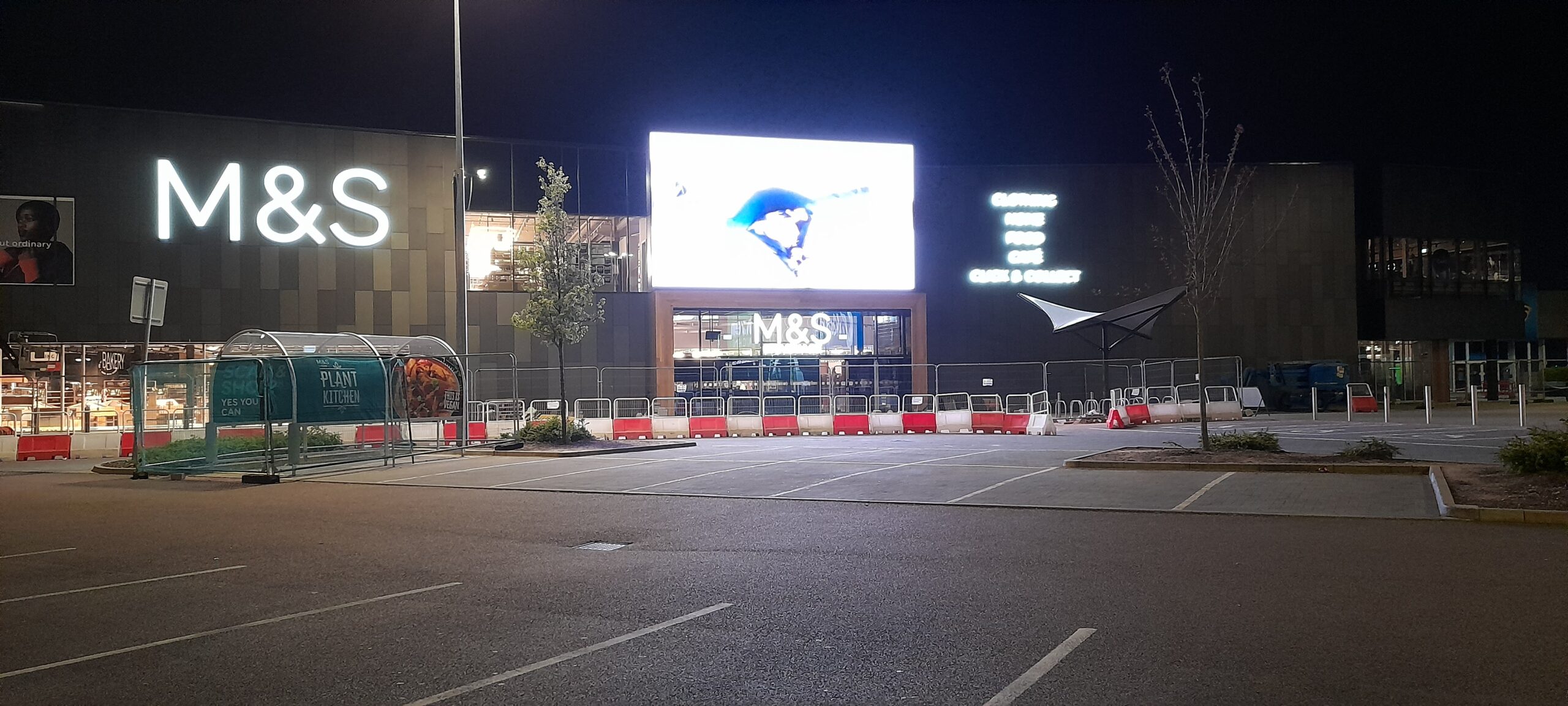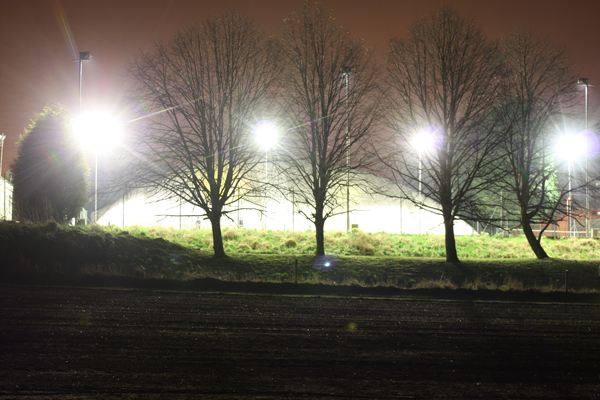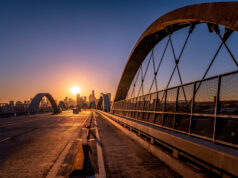By: Allan Howard, Past President ILP and Group Director of Lighting & Energy Solutions at WSP UK and Past ILP President
An awareness of the impact of Artificial Lighting At Night (ALAN) has been developing for many years, not just about its impact on the environment and night sky but also about its effect on humans and other species.
Within the UK ALAN recently gained a higher profile with the House of Lords undertaking a detailed consultation to understand the impact of artificial light on the environment and human health. The consultation finding can be accessed here.
The ILP has been an active participant in the House of Lords review. The ILP fully supports and actively contributes to the understanding and mitigation ofartificial light on humans as well as the environment. There is a need to reduce light pollution, obtrusive light and skyglow so that all can enjoy the visual amenity and the splendour of the night sky and minimise any impact on fauna and flora.
The ILP has led the way within the UK developing Guidance Notes and Professional Lighting Guides advising on how best to control artificial light at night by applying the five principles for responsible lighting. In practical terms, this means:
- Useful, all artificial lighting should have a clear purpose.
- Targeted, light should only be directed where needed.
- Low lighting levels, light should be no brighter than necessary.
- Controlled, light should be used only when it is useful.
- Colour, use the right light source for the task.
There are wide range of artificial lighting installations that impact on the outdoor environment at night, and it is disappointing that most of the discussion and finger pointing unfairly focuses on the street lighting sector.
It is fair to say that street lighting installations have historically been a major contributor to skyglow especially with sodium and other lamp based light sources linked with poor luminaire optics. This is no longer the case. Over the years as our understanding of light pollution has increased, well designed and managed road lighting installations with very little upward light contribution have become the norm.
This view is now supported by rigorous research such as that undertaken by Dr Chris Kyba, researcher at the German Research Centre for Geoscience. In a landmark study in Tucson, Arizona Dr Kyba and his team used the dimming capabilities of smart street lighting controls to change the brightness of the whole of city’s street lights all at once. By measuring the results on skyglow, Dr Kyba demonstrated that well designed, installed, and managed street lighting is not the greatest concern. It is the other types of exterior lighting installations that are the major contributors to skyglow. This includes lighting for sporting, domestic, security, industrial, commercial areas and, more recently, large digital media screens that certainly require more focused attention of policy makers and designers.
Commenting on his findings, Dr Kyba said, “The message is not that streetlights don’t matter, because they most certainly do. The message is that if your goal is to reduce light pollution, it’s not sufficient to consider only street lights”.

As humans, we have always been aware of the impact of artificial light. This is nothing new, but LEDs have raised the concern and profile. We are increasingly aware of the effect of the blue light content on humans as well as on fauna and flora. It is now known that exposure to blue-rich light and any adverse effect is far greater from interior domestic, retail, and commercial lighting installations (as well as from mobile phones and other electronic devices) rather than from street lighting. Put simply, interior light levels are far higher, people are closer to the light sources and their exposure time to the lighting installation is far greater.
When LEDs first came out, the UK lighting industry was perhaps too happy to embrace the technology and deploy it before we fully understood it. We saw large initial use of 6,000K light sources as energy efficiency was wrongly given a higher priority than ensuring the task is suitably lit. We have seen this steadily change and 3,000K is now consider best for road lighting / public lighting and we are seeing amber LEDs being adopted where there are wildlife concerns.
Looking back at UK street lighting there are still many lighting installations that need attention. Changing from sodium and other legacy light sources to LEDs will bring benefits when well designed. In the UK, funding is available to support upgrades of street lighting to LEDs. It will take time to address the existing asset base of some 6 million street lights The UK Roads Liaison Group state of the nation 2020 street lighting survey advised that 3.87M street lights were LED.
So please stop pointing the finger solely at street lighting and bring the other problem lighting installations of sport, domestic, security, industrial, commercial, car park lighting and advertising into focus. We need to significantly raise the profile of such lighting installations to ensure that the task is lit but not the surrounding environment. This includes better planning controls as well as better consideration of how they are designed and specified.
Allan Howard is the Group Director for Lighting & Energy Solutions at WSP UK, a past ILP President of the ILP and a member of their Technical Committee specialising in mitigating obtrusive lighting impacts.
The ILP guidance, including free Guidance Notes are available via the www.theilp.org.uk
The Institution of Lighting Professionals
The Institution of Lighting professionals (ILP) was founded in 1924, it has about 2,000 members and 129 company or organisation members predominantly from the United Kingdom and Ireland. Its principal objective is to act as a learned society for professionals in lighting and allied industries and as a technical and educative body for the public dissemination of technical information. The ILP is licenced in the UK by the Engineering Council to award the professional grades of Chartered and Incorporated Engineer to suitably qualified members.
For further information regarding the ILP contact Guy Harding, Technical Manager guy@theilp.or.uk














